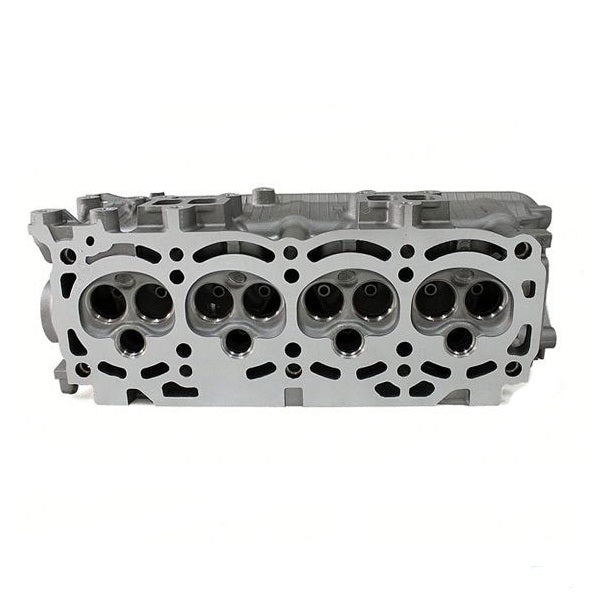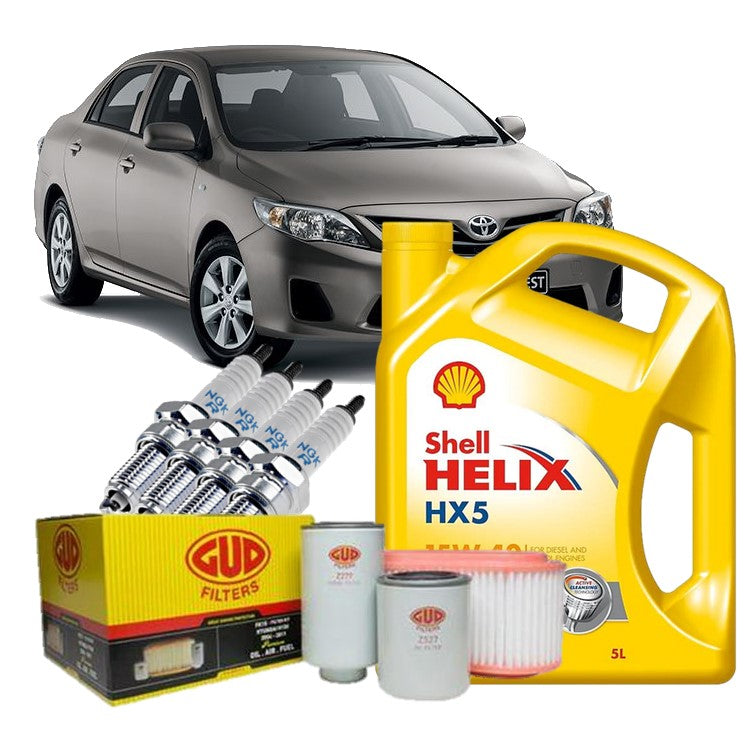Explore the Newest Patterns in Engine Modern Technology Through Tazz
In the swiftly progressing landscape of vehicle innovation, Tazz stands at the forefront, highlighting significant innovations in engine systems that focus on both advancement and sustainability. From hybrid engines that optimize gas effectiveness to the development of hydrogen fuel cells, the fads forming modern powertrains are not just boosting performance yet additionally attending to crucial environmental obstacles.
Hybrid Engine Innovations
Crossbreed engine technologies represent a pivotal change in automobile technology, incorporating the benefits of inner combustion engines with electrical propulsion systems. This combination not only boosts fuel performance but additionally decreases emissions, conference increasingly rigid environmental laws. By utilizing both power sources, hybrid engines can maximize performance, providing power when needed while saving gas during much less demanding driving problems.
Recent improvements in hybrid innovation consist of enhancements in battery performance and regenerative braking systems. These advancements permit for greater power recovery throughout slowdown, which can be redirected to aid in acceleration or power auxiliary systems. Makers are focusing on light-weight products and portable styles to take full advantage of the performance of crossbreed powertrains.
The development of plug-in hybrids has likewise increased the marketplace, enabling drivers to charge their automobiles utilizing typical electric outlets. This feature frequently permits considerable all-electric variety, additional lowering dependancy on typical gas. tazz. As the auto sector proceeds to advance, hybrid engine modern technologies are anticipated to play an essential role in bridging the gap in between standard lorries and totally electrical designs, supplying a transitional option that satisfies diverse consumer demands and choices
Breakthroughs in Electric Powertrains
The vehicle landscape is quickly developing, with electric powertrains emerging as a leading pressure in lasting transportation. Advances in electrical lorry (EV) innovation are considerably enhancing performance, customer, and effectiveness experience. Secret developments consist of enhancements in battery chemistry, which have raised energy thickness, minimized charging times, and expanded overall battery life.
Solid-state batteries, as an example, guarantee to revolutionize the marketplace by offering better security and performance compared to typical lithium-ion cells. Advancements in regenerative braking systems are making it possible for cars to recuperate energy during slowdown, adding to overall performance.
Along with battery innovation, electrical motor designs are becoming a lot more innovative. Developments such as incorporated electric motors and progressed thermal management systems are assisting to maximize power distribution and reduce weight, eventually boosting lorry dynamics.

Collectively, these advances emphasize the dedication to change in the direction of cleaner, a lot more effective transportation services, positioning electric powertrains at the center of auto technology.
The Surge of Hydrogen Gas Cells
Progressively, hydrogen fuel cells are gaining grip as a sensible option to standard internal combustion engines and battery electrical cars. This technology harnesses the chemical power kept in hydrogen, converting it right into Visit Website power with an electrochemical reaction with oxygen. The key result of this process is water, making hydrogen fuel cells an eco-friendly option with absolutely no discharges at the tailpipe.

Automakers are progressively spending in hydrogen gas cell technology, acknowledging its capacity for long-range applications and quick refueling capacities that rival traditional fuels. Furthermore, fields such as heavy-duty transport and public transit are especially appropriate for hydrogen gas cells, where battery electrical options might drop short as a result of weight and range limitations.
As research and investment continue to expand, hydrogen fuel cells are poised to play a significant role in the future landscape of clean transportation and energy solutions.
Enhancements in Internal Combustion Engines
Innovations in inner combustion engine (ICE) technology are changing standard cars to fulfill modern-day environmental standards and efficiency expectations. Straight fuel shot, for circumstances, allows for far better atomization of gas, leading to more full combustion and improved power outcome.
Furthermore, turbocharging has actually obtained prominence, permitting smaller sized engines to provide greater efficiency without the weight of larger engines - tazz. This technology not just enhances performance yet additionally contributes to lower gas usage. Variable valve timing systems are also being refined, allowing engines to adapt to different driving conditions for improved torque and responsiveness
Furthermore, the usage of lightweight products in engine building is coming to be conventional, more improving gas efficiency by minimizing total car weight. Engine control devices (ECUs) are increasingly advanced, making it possible for real-time adjustments that enhance efficiency and emissions.
These enhancements jointly signify a critical change in ICE modern technology, aligning with worldwide sustainability objectives while still giving the performance chauffeurs anticipate from their lorries. As the industry develops, these enhancements proceed to form the future of traditional automobile engineering.
Future Patterns in Engine Performance
Substantial advancements in engine efficiency are expected as makers concentrate on incorporating sophisticated modern technologies to meet stringent environmental policies and consumer demands. The shift towards electrification, hybrid systems, and alternative fuels is reshaping the automotive landscape, driving developments that enhance fuel economy and reduce emissions.
One of the key fads is the execution of innovative products and making methods. High-strength alloys and lightweight compounds add to lowered automobile weight, therefore enhancing overall efficiency. In addition, the fostering of turbocharging and variable shutoff timing innovations permits boosted power result try here from smaller sized engines, even more enhancing gas economic situation.

Conclusion
Advancements in crossbreed engine systems, electrical powertrains, and hydrogen fuel cells demonstrate a commitment to minimizing exhausts while boosting efficiency. Improvements in internal combustion engines and a focus on lightweight materials contribute to general engine effectiveness.
From crossbreed engines that maximize gas performance to the emergence of hydrogen fuel cells, the trends shaping modern powertrains are not only enhancing performance but also dealing with vital environmental difficulties.Hybrid engine developments represent a critical shift in automobile technology, combining the benefits of inner burning engines with electric propulsion systems.Additionally, turbocharging has gained prestige, permitting smaller sized engines to provide higher performance more info here without the weight of bigger engines. In addition, the fostering of turbocharging and variable valve timing technologies allows for boosted power result from smaller engines, even more enhancing gas economic situation.
Enhancements in internal burning engines and an emphasis on lightweight materials add to general engine efficiency.